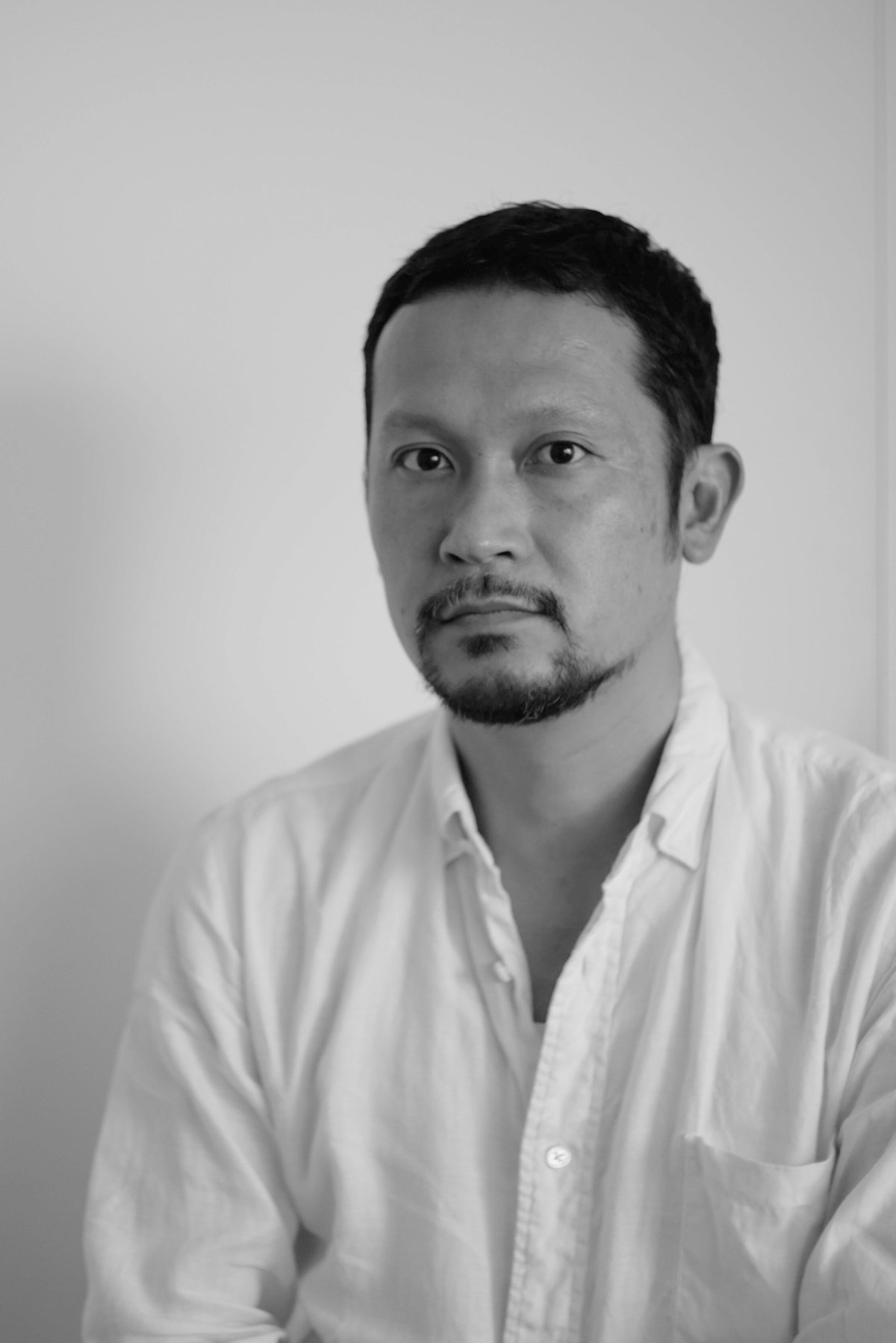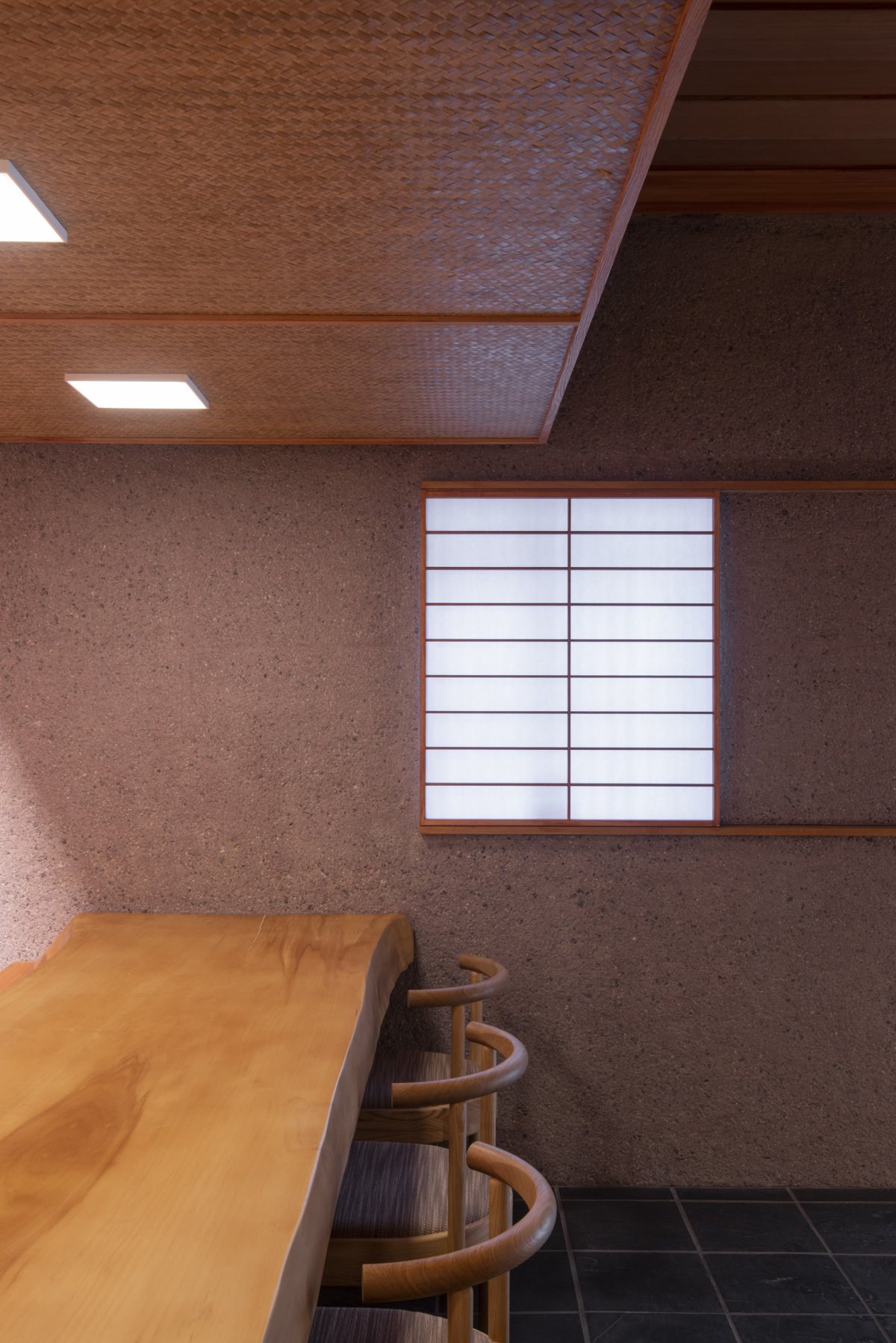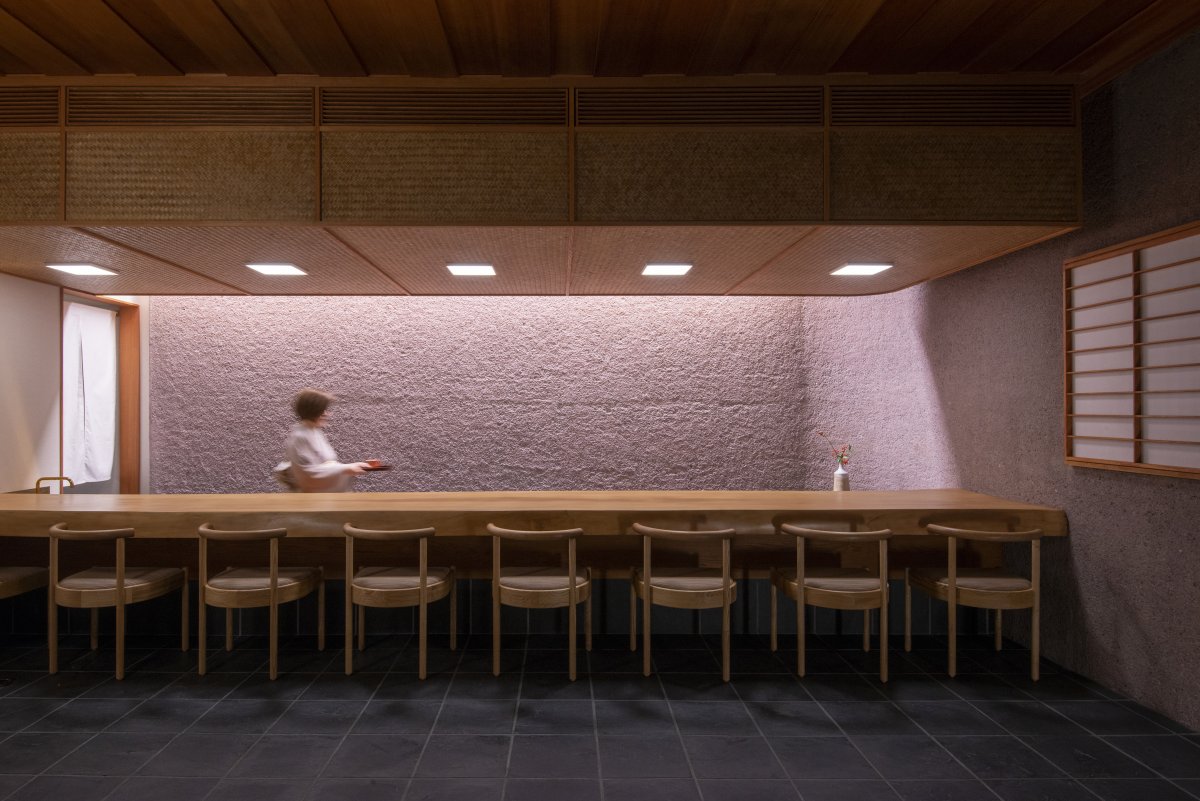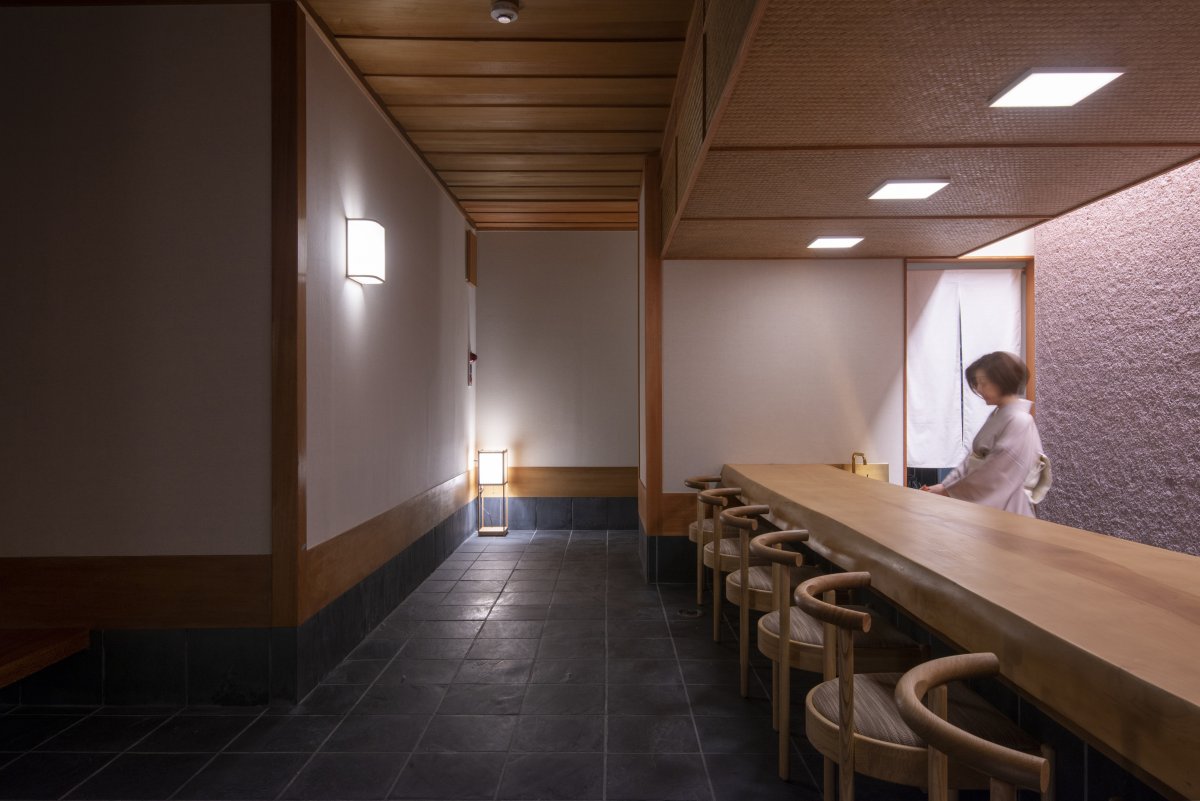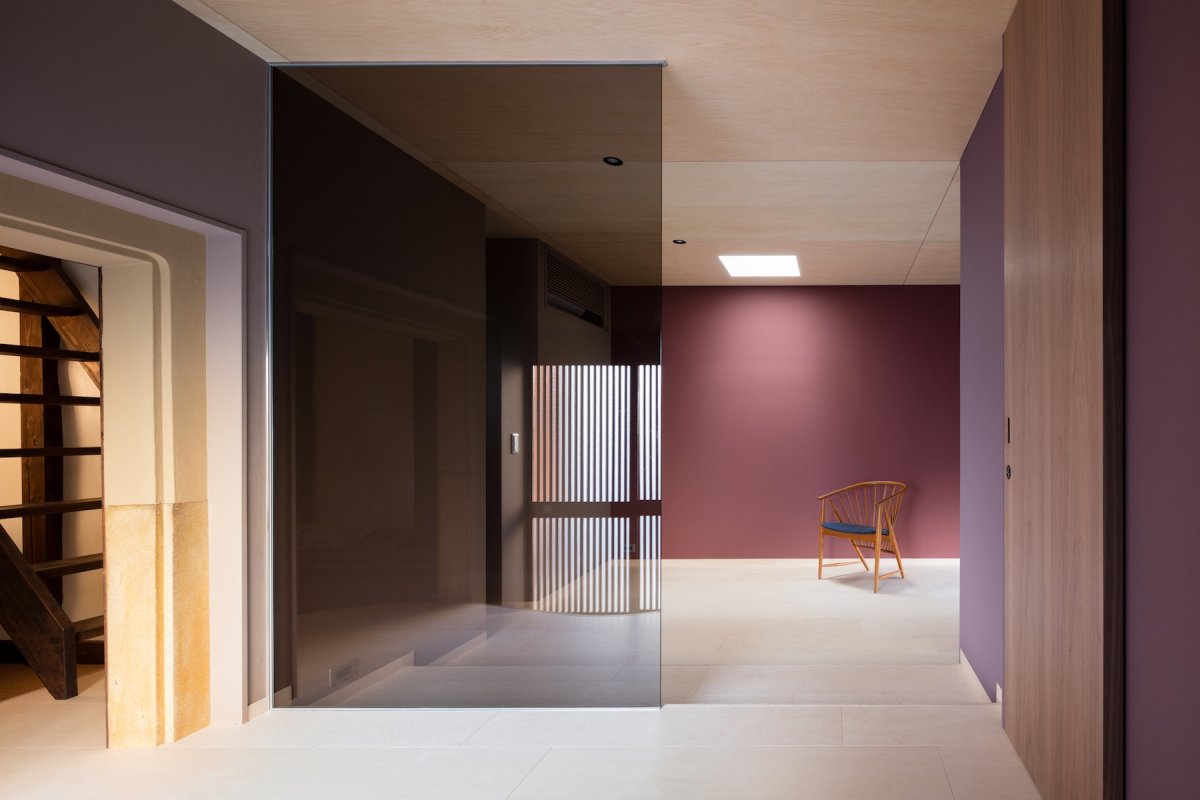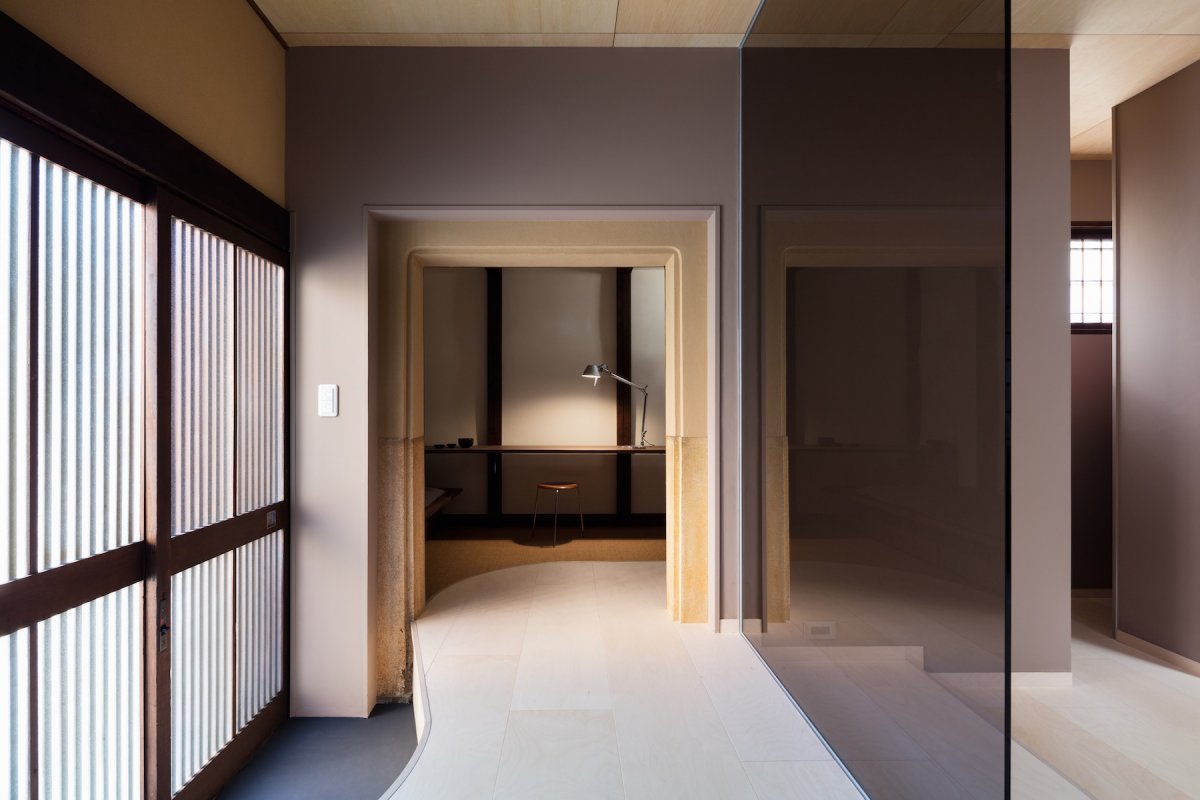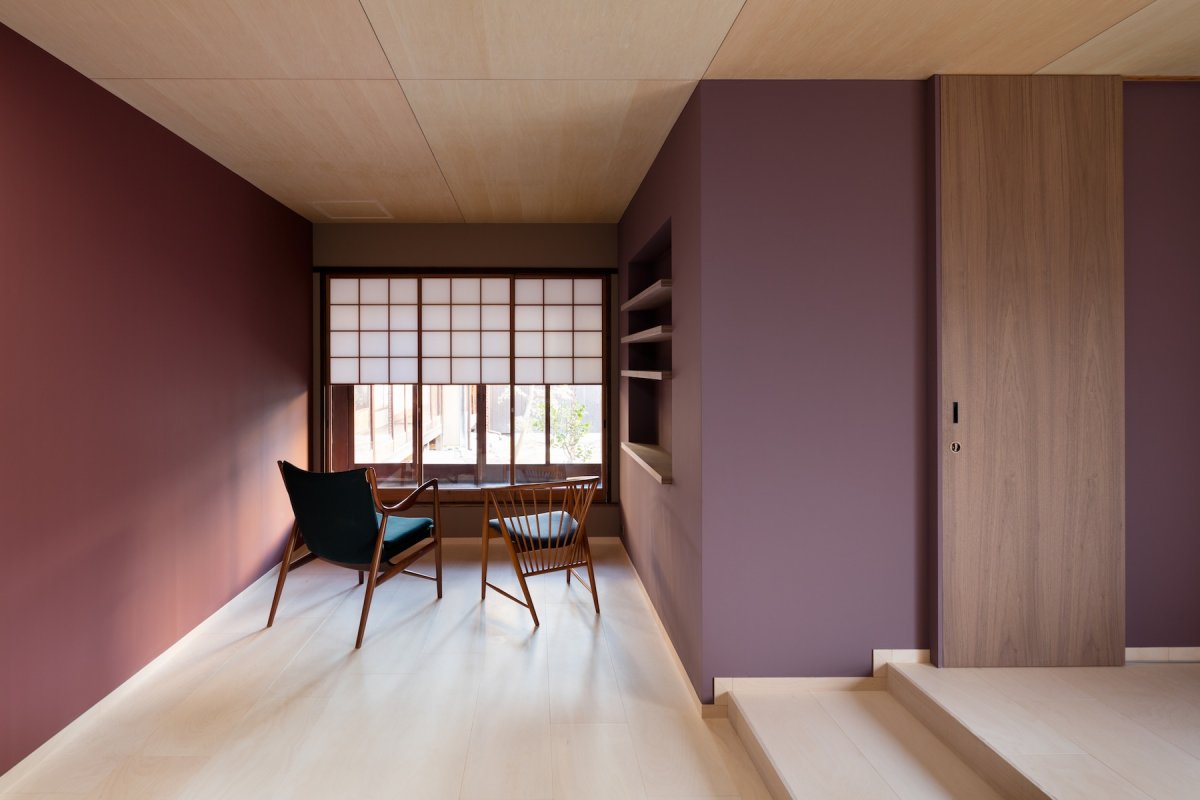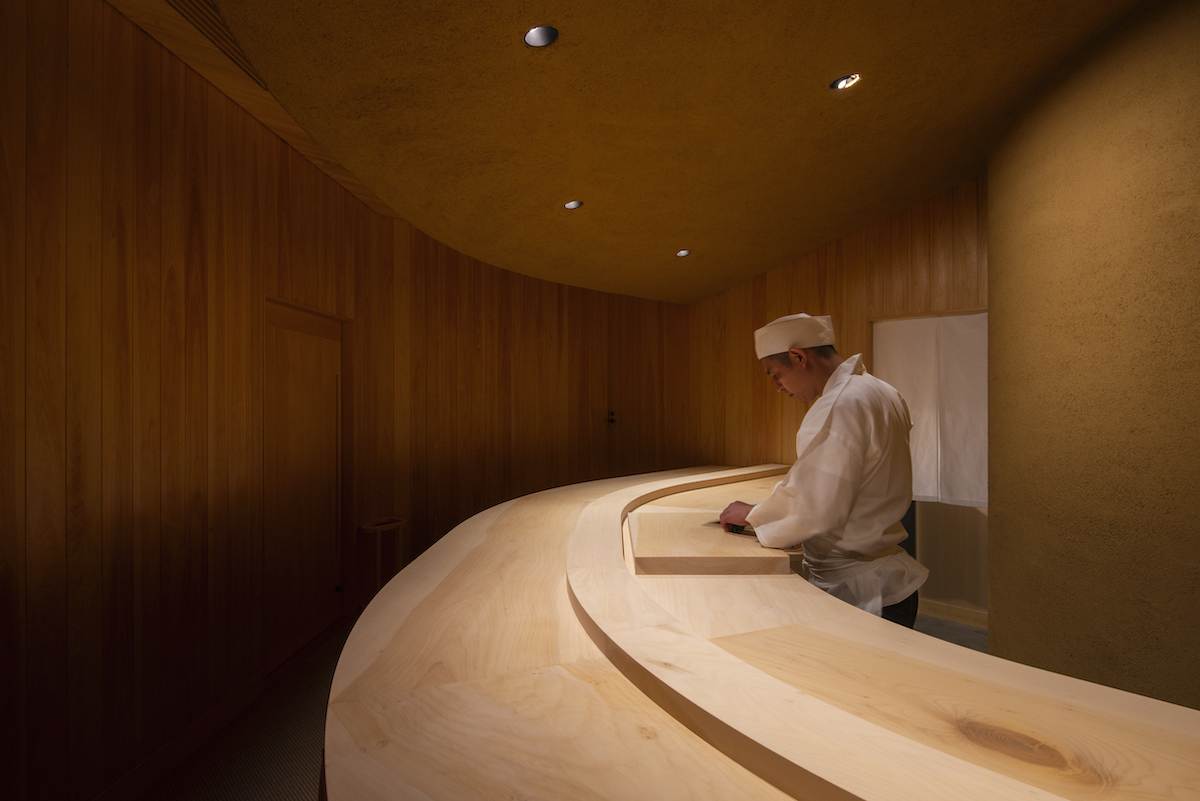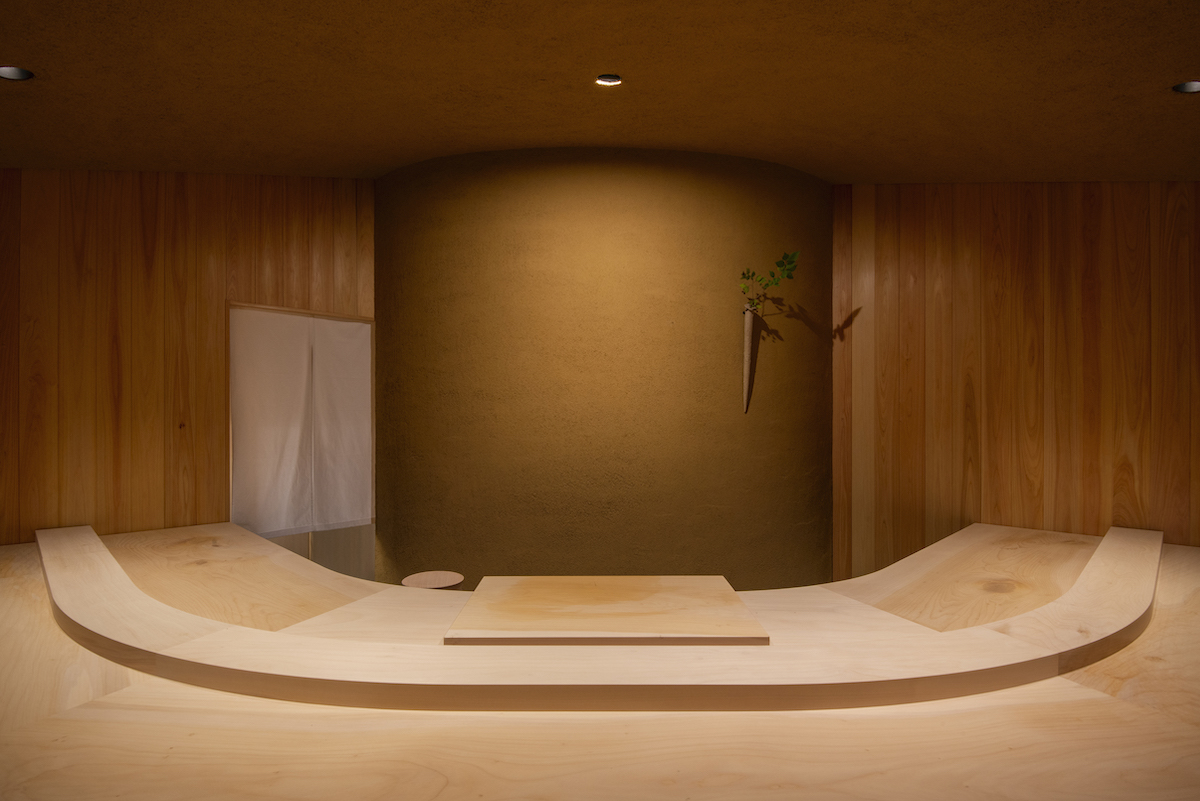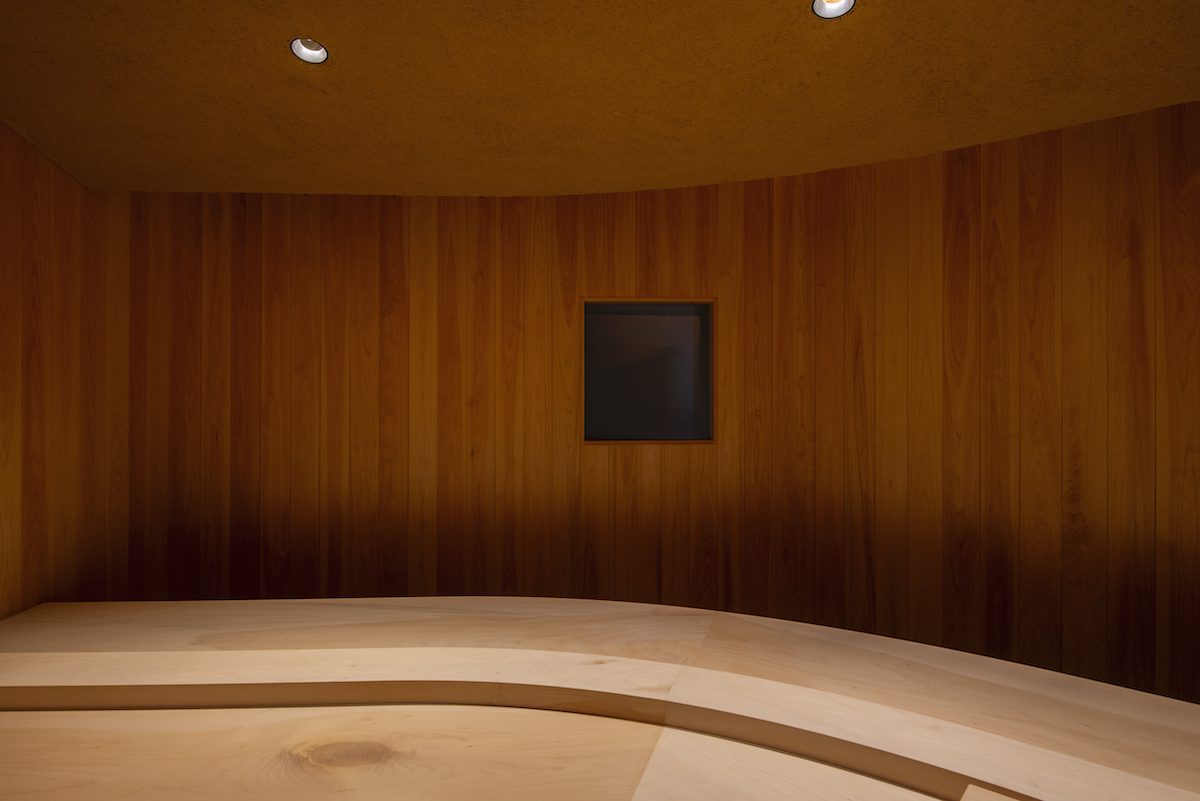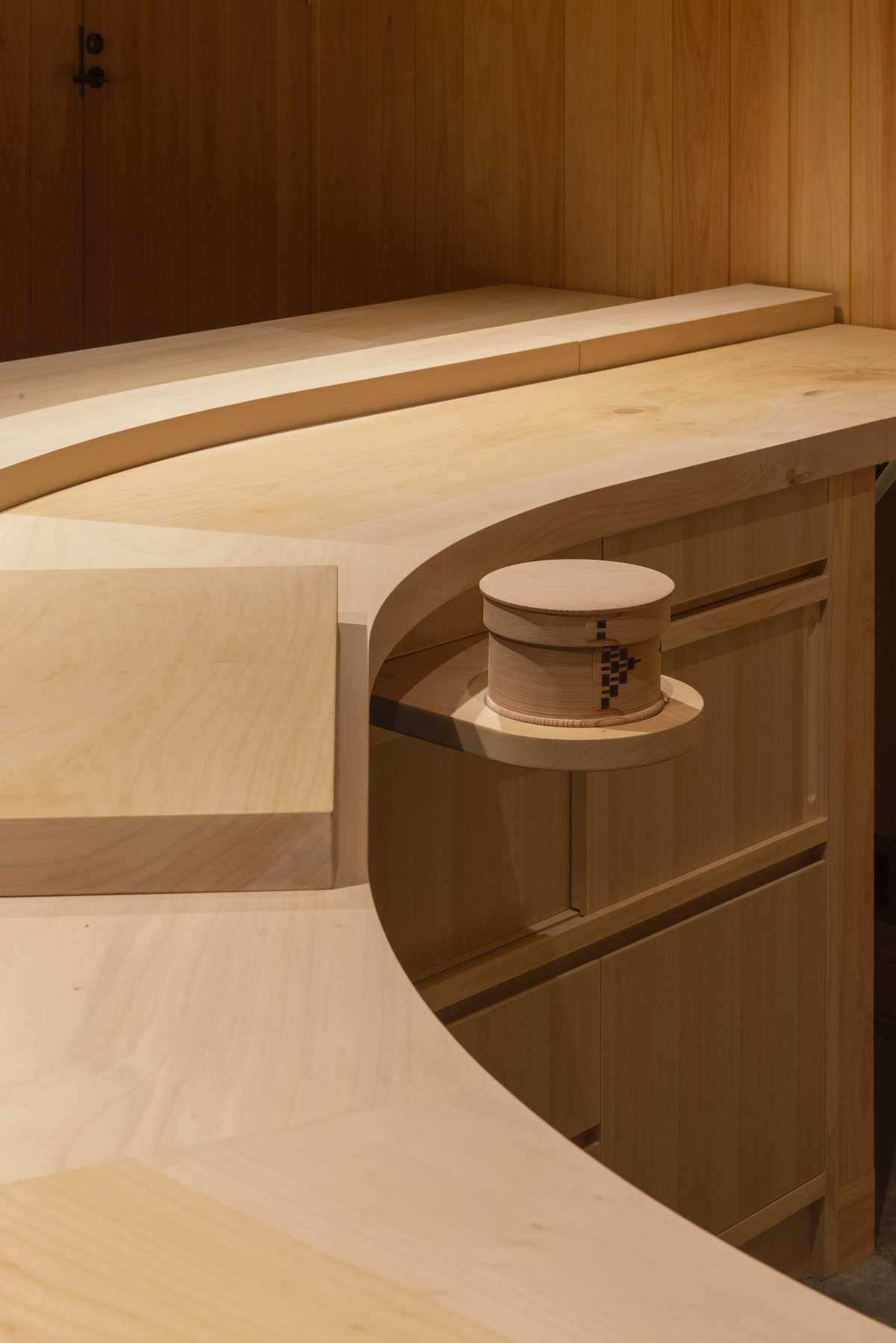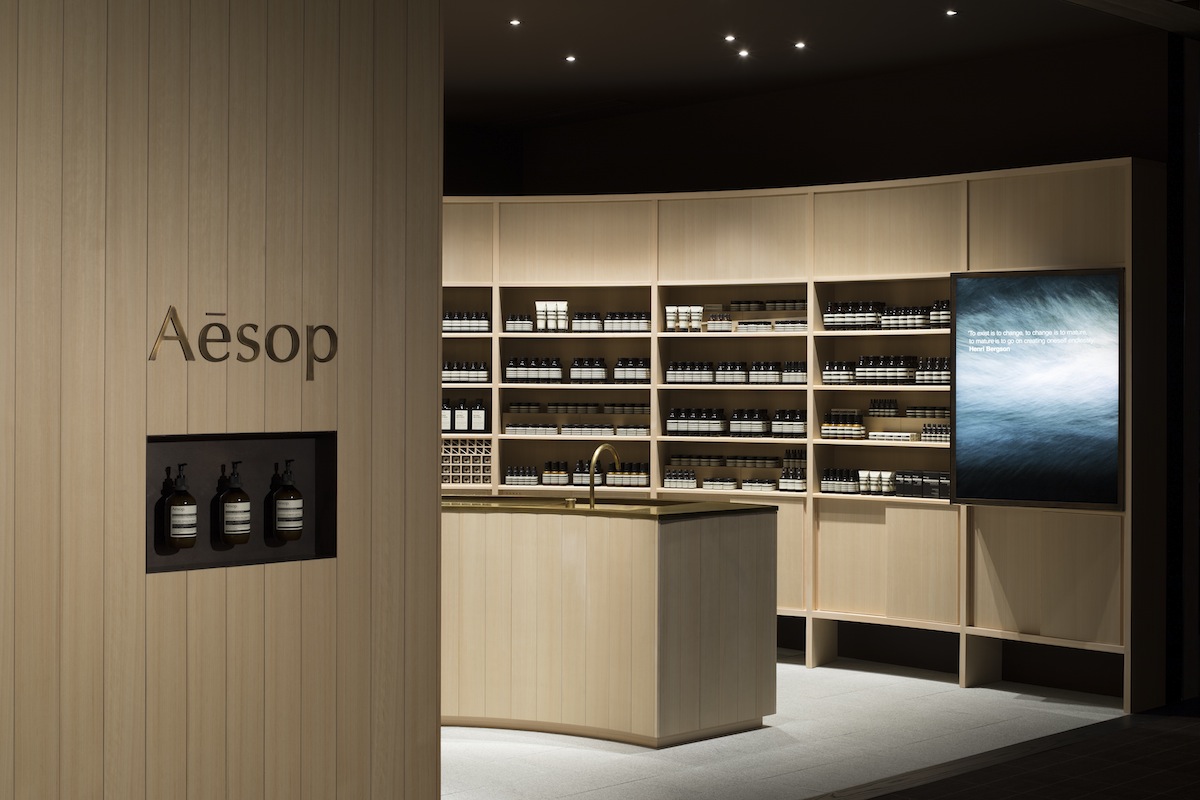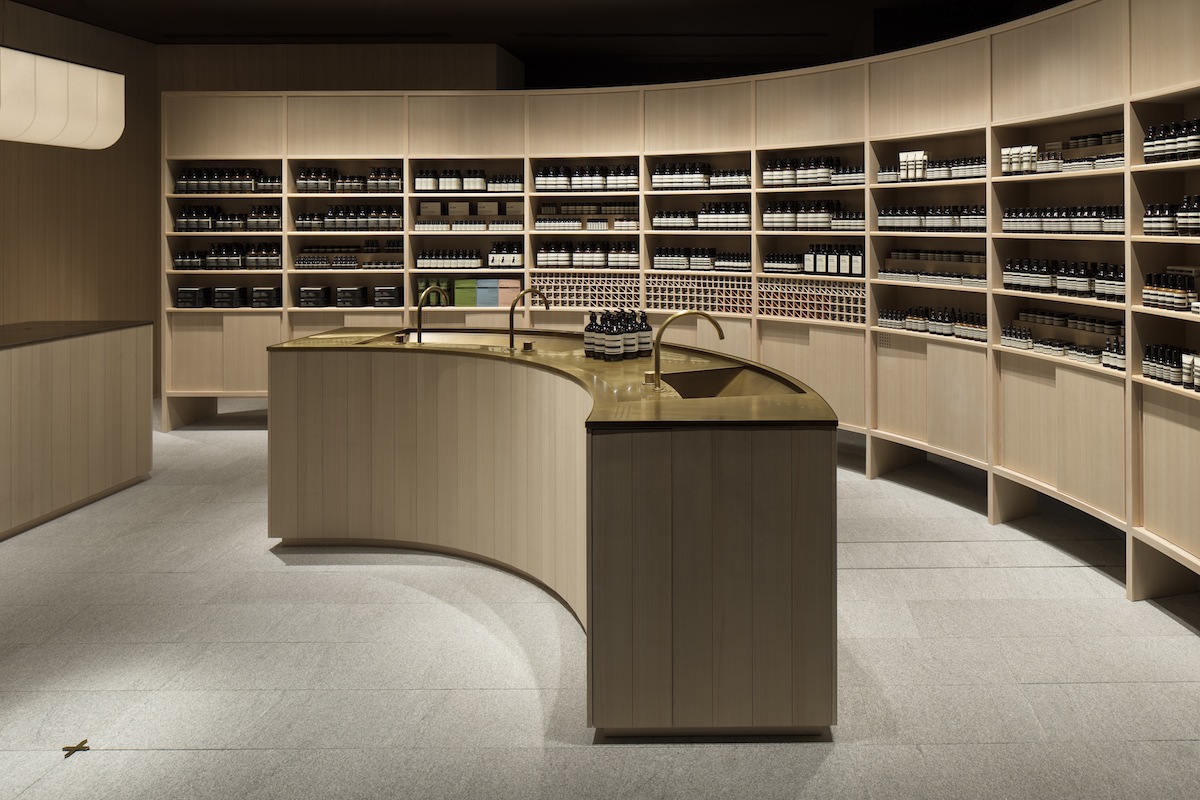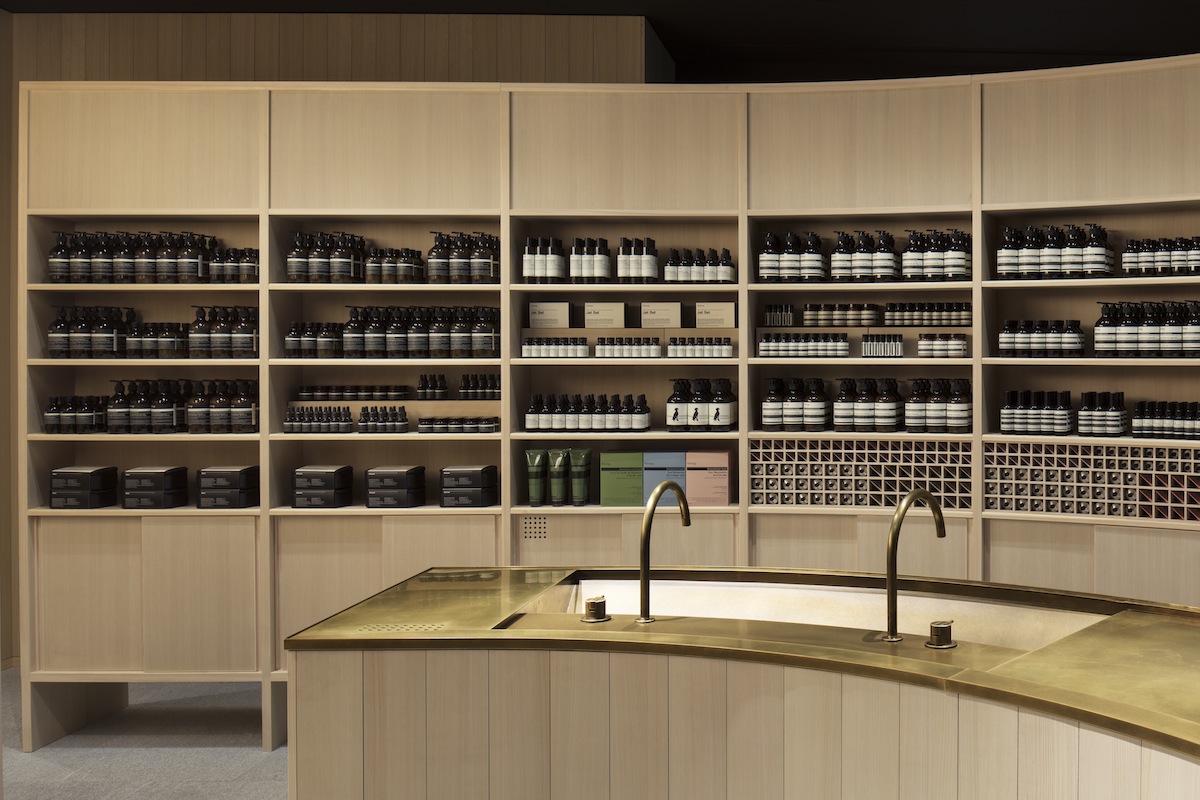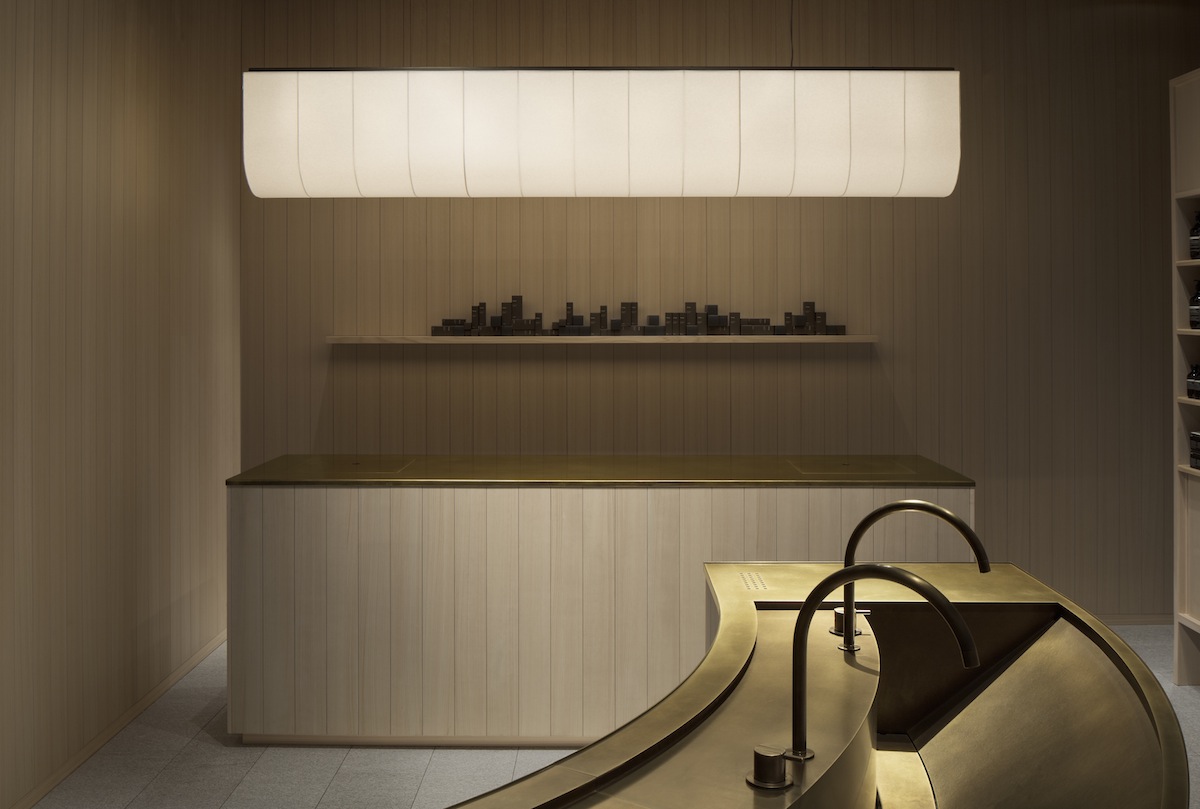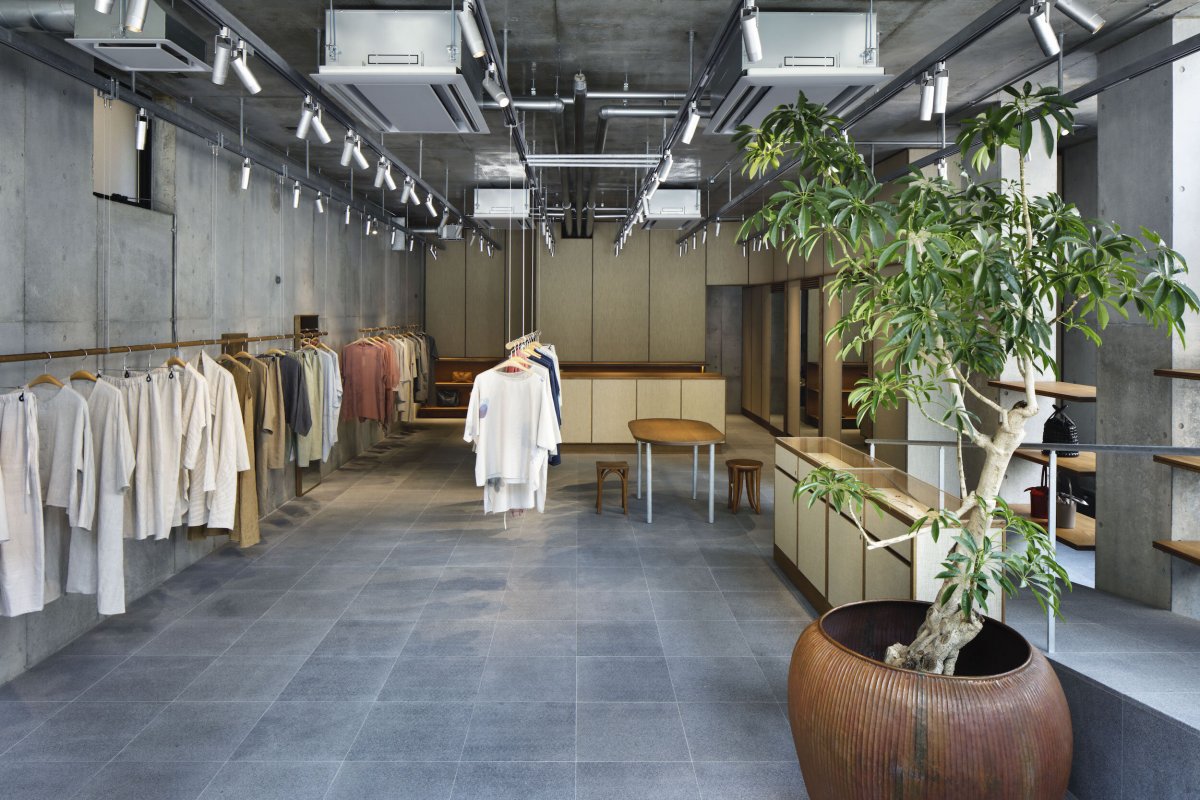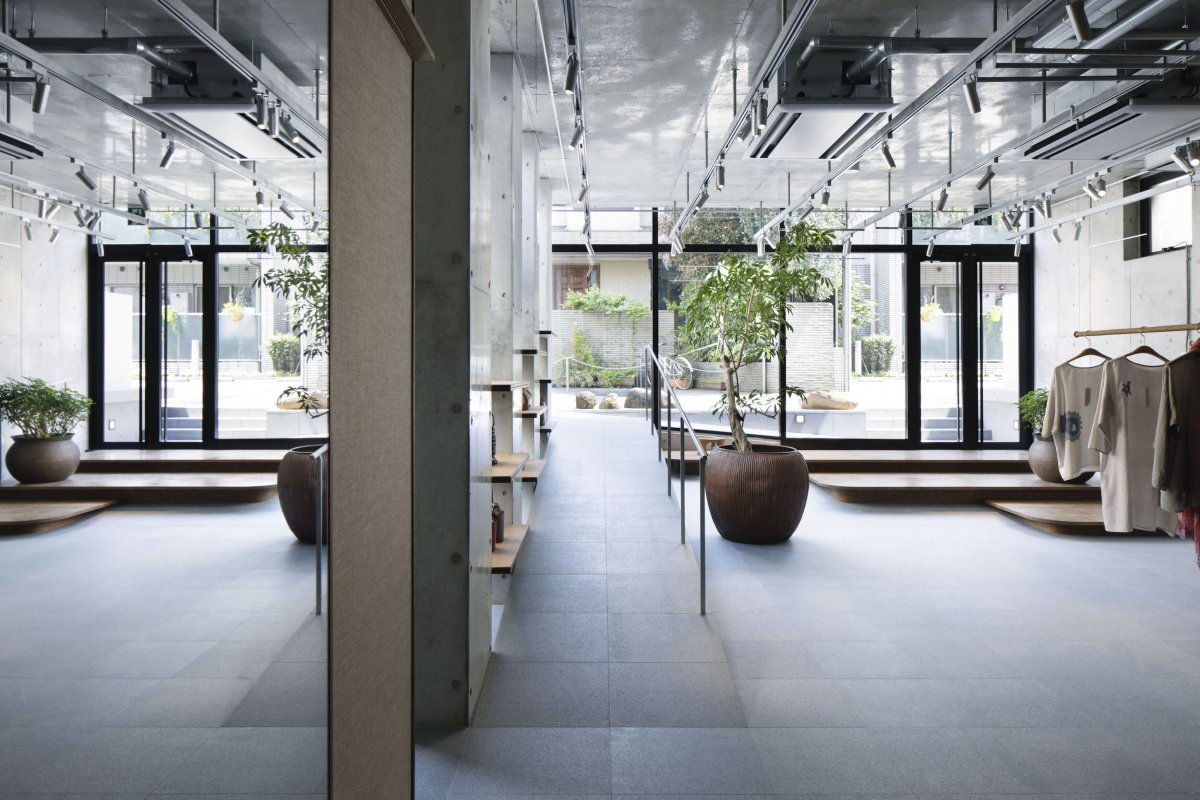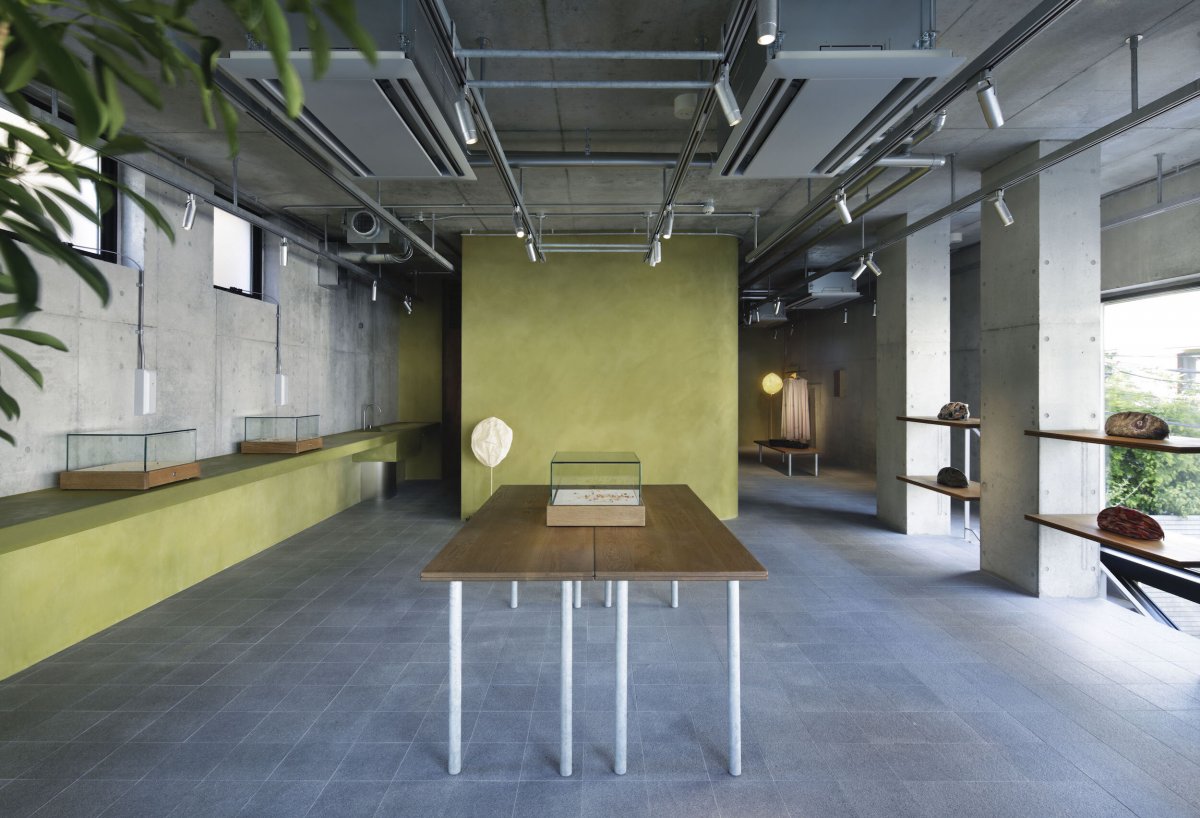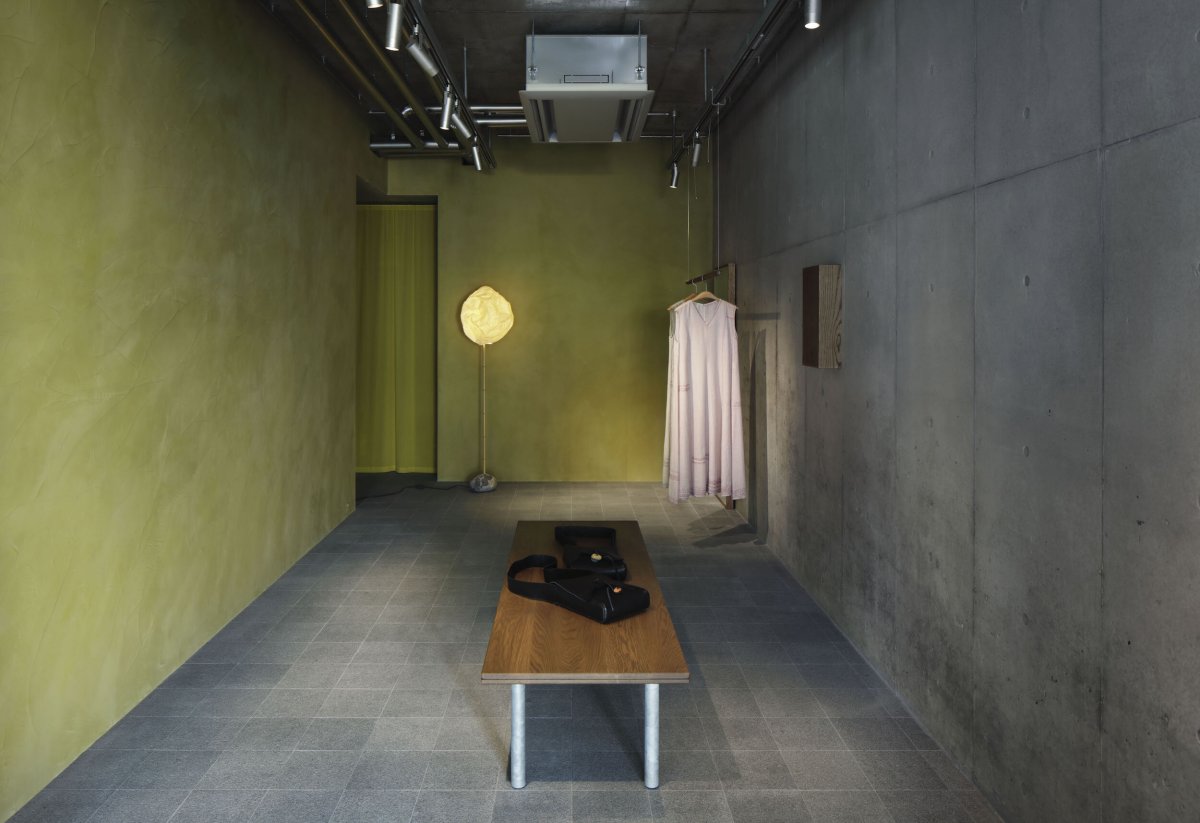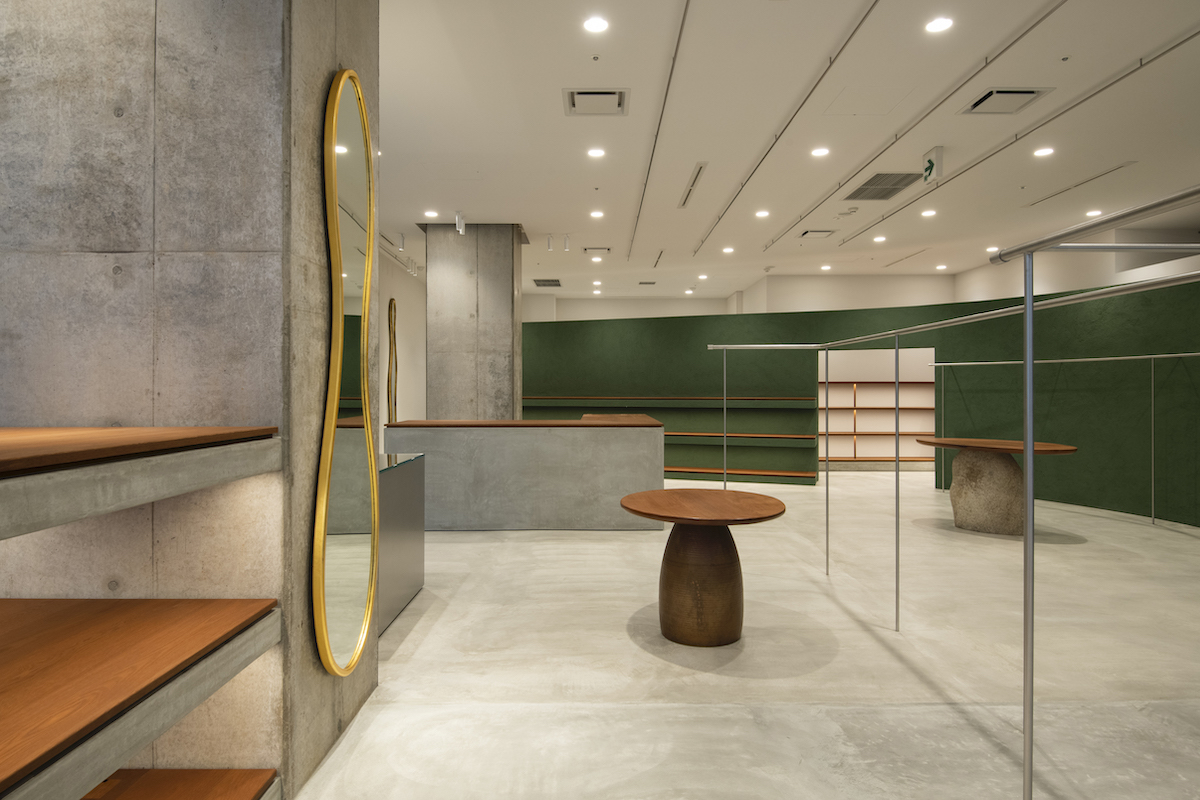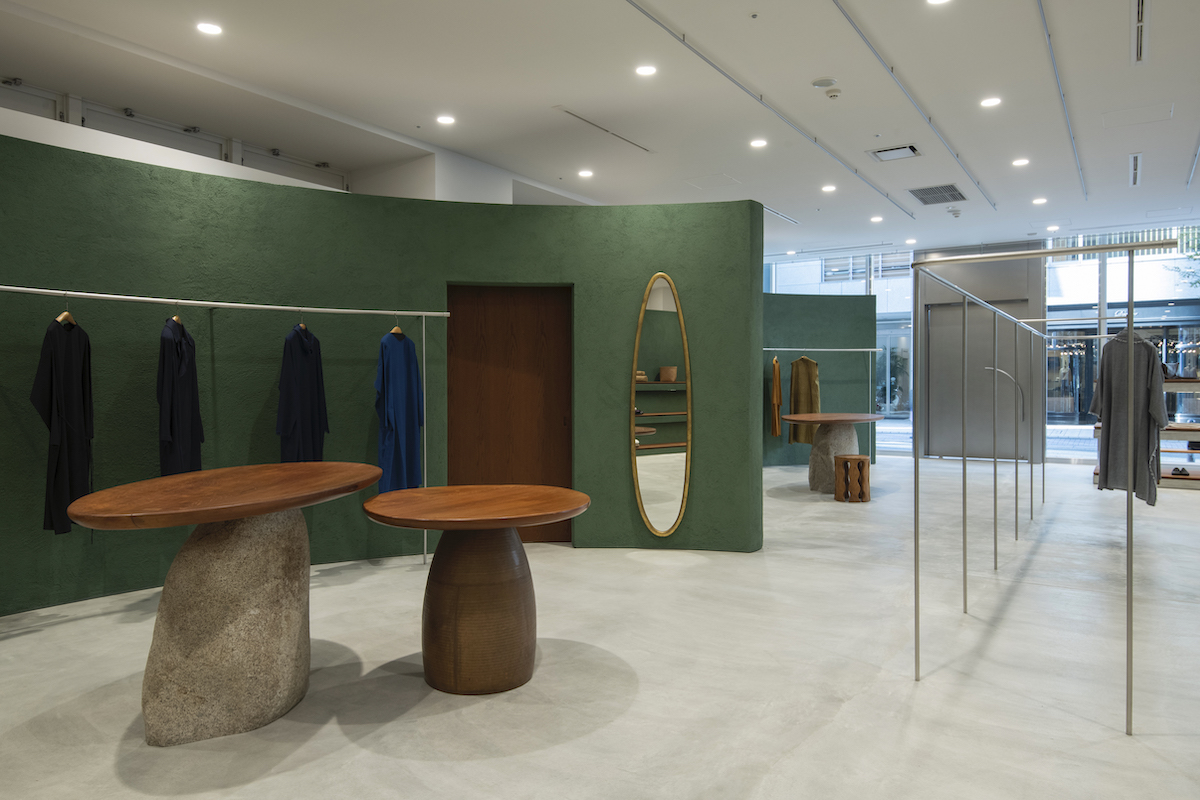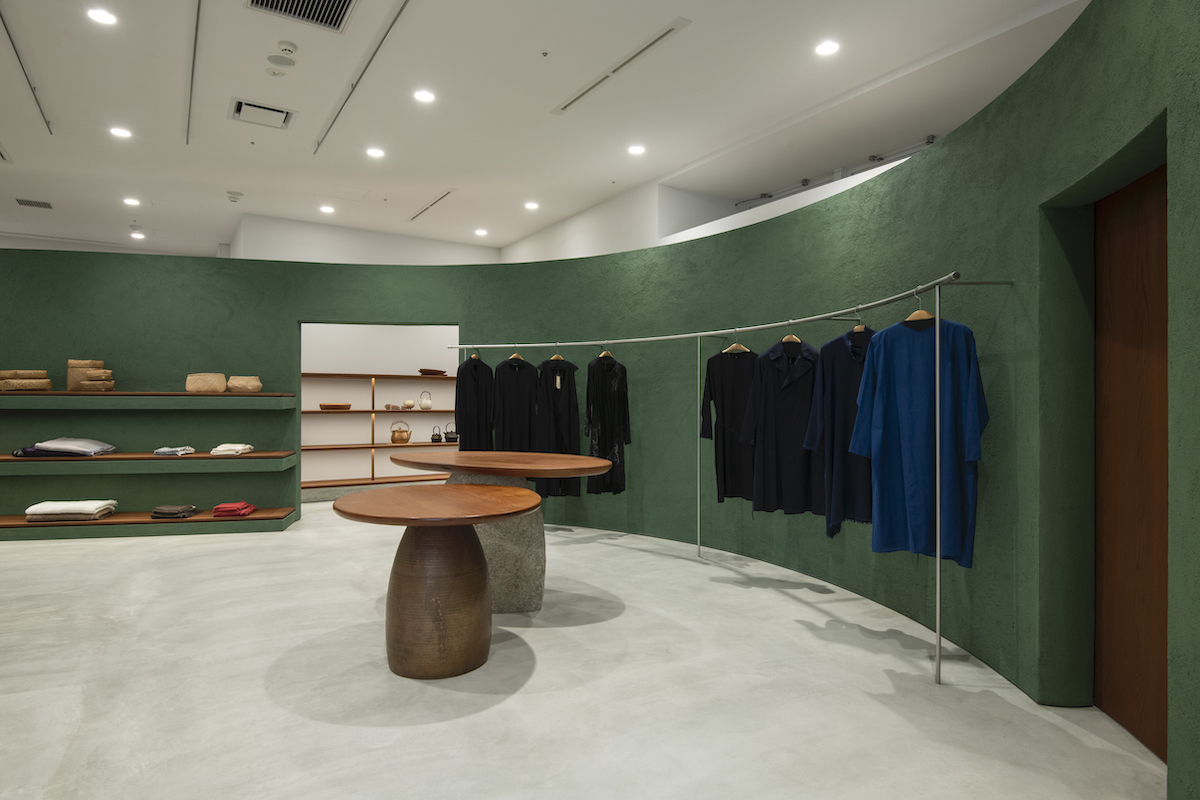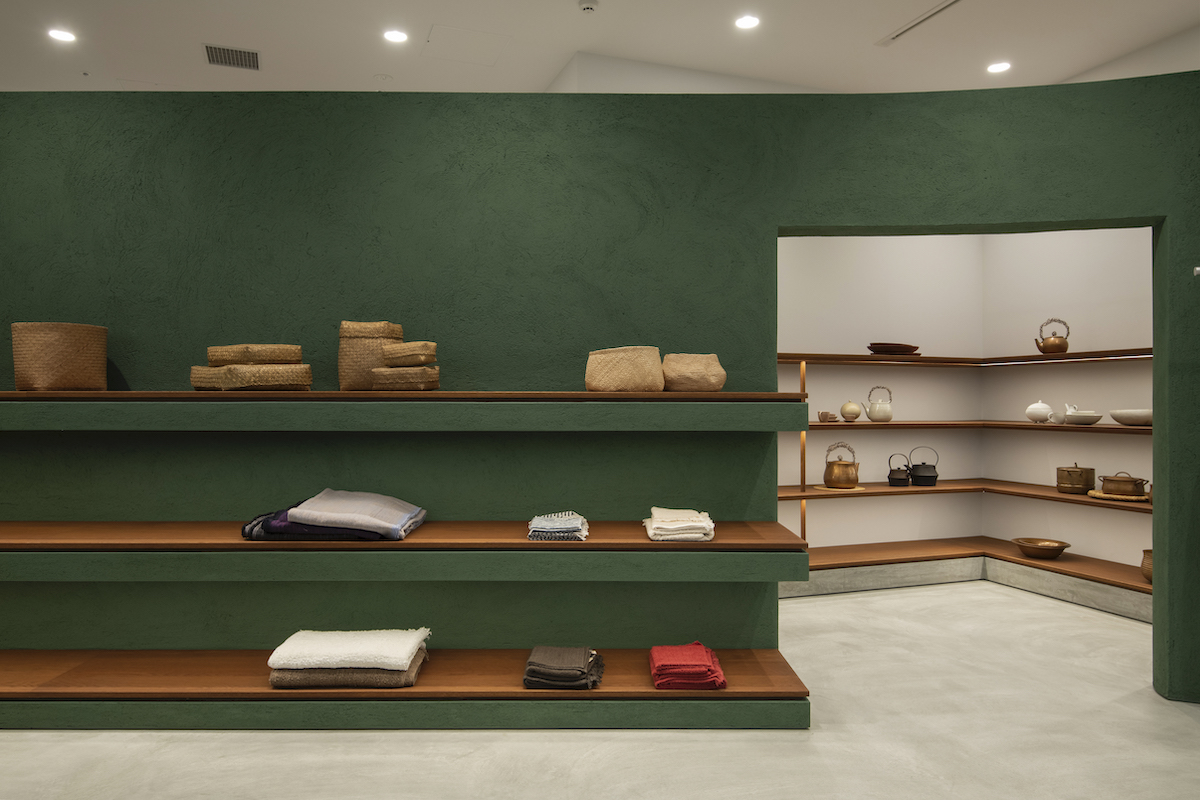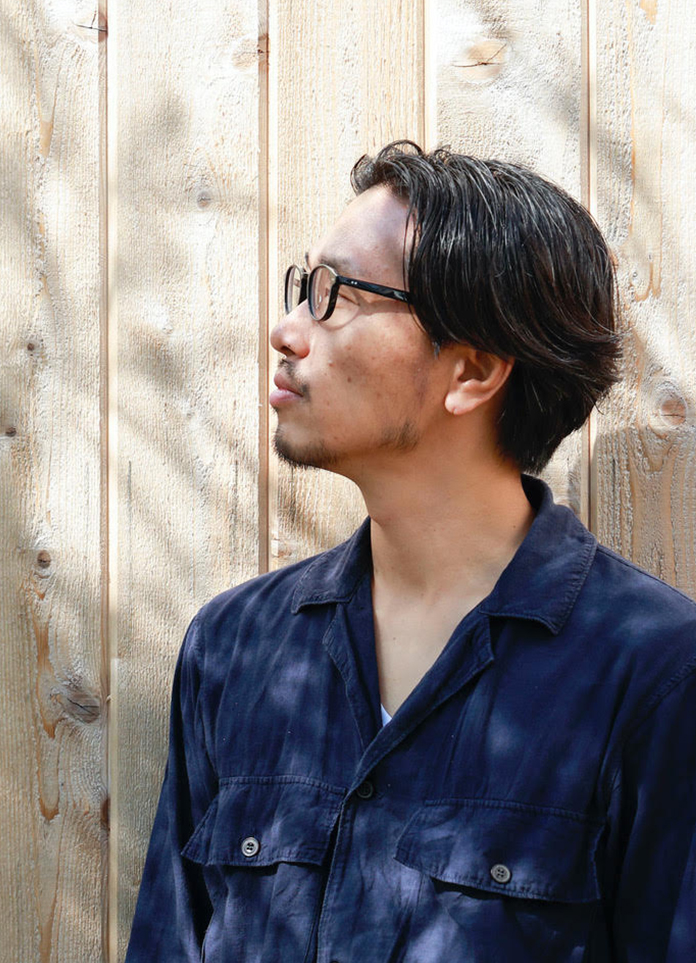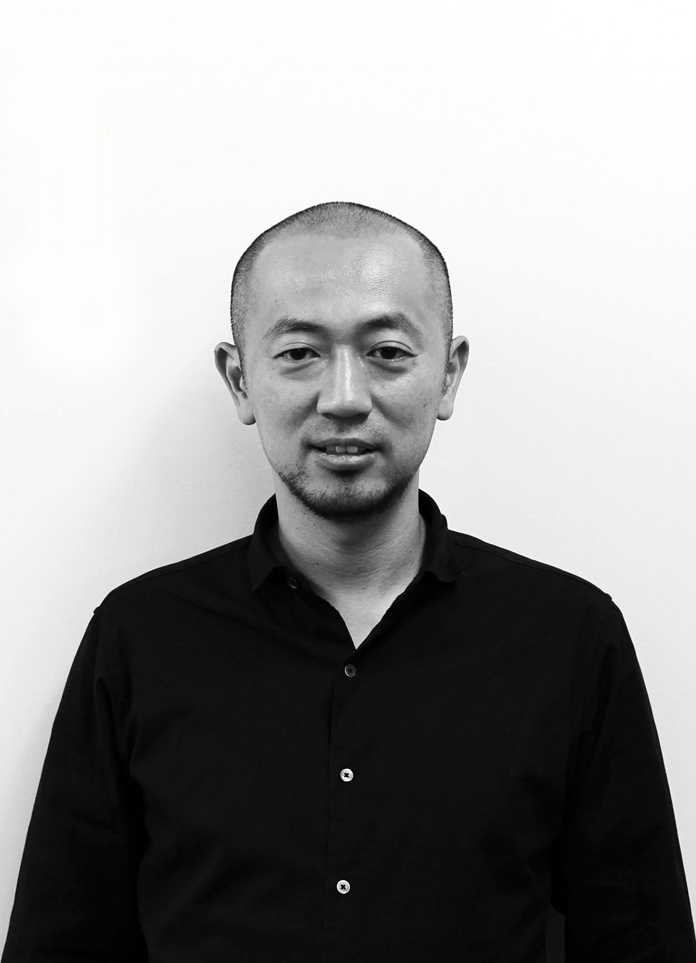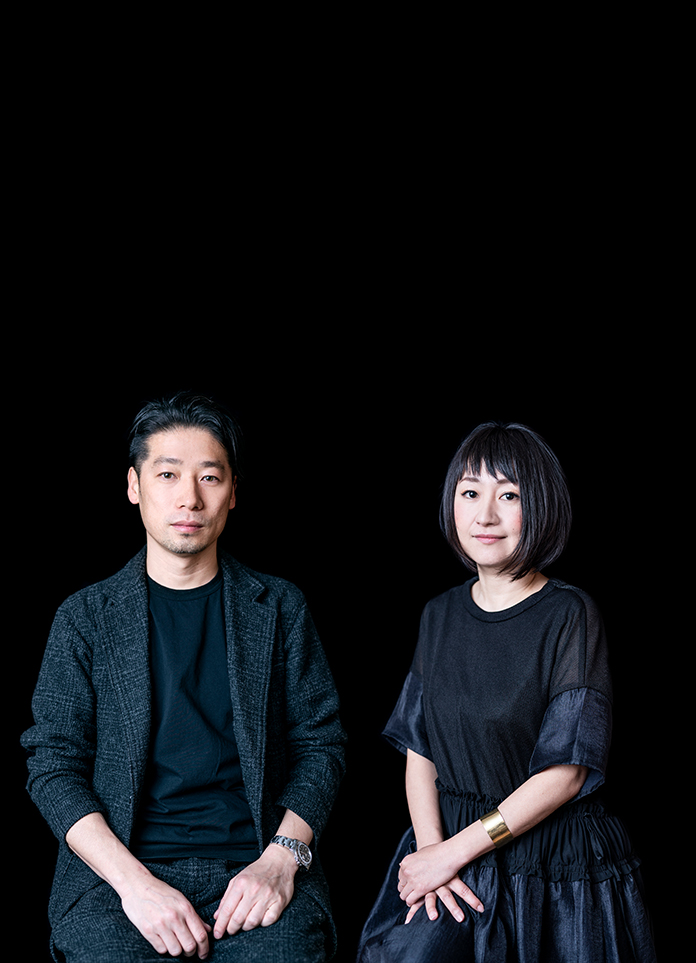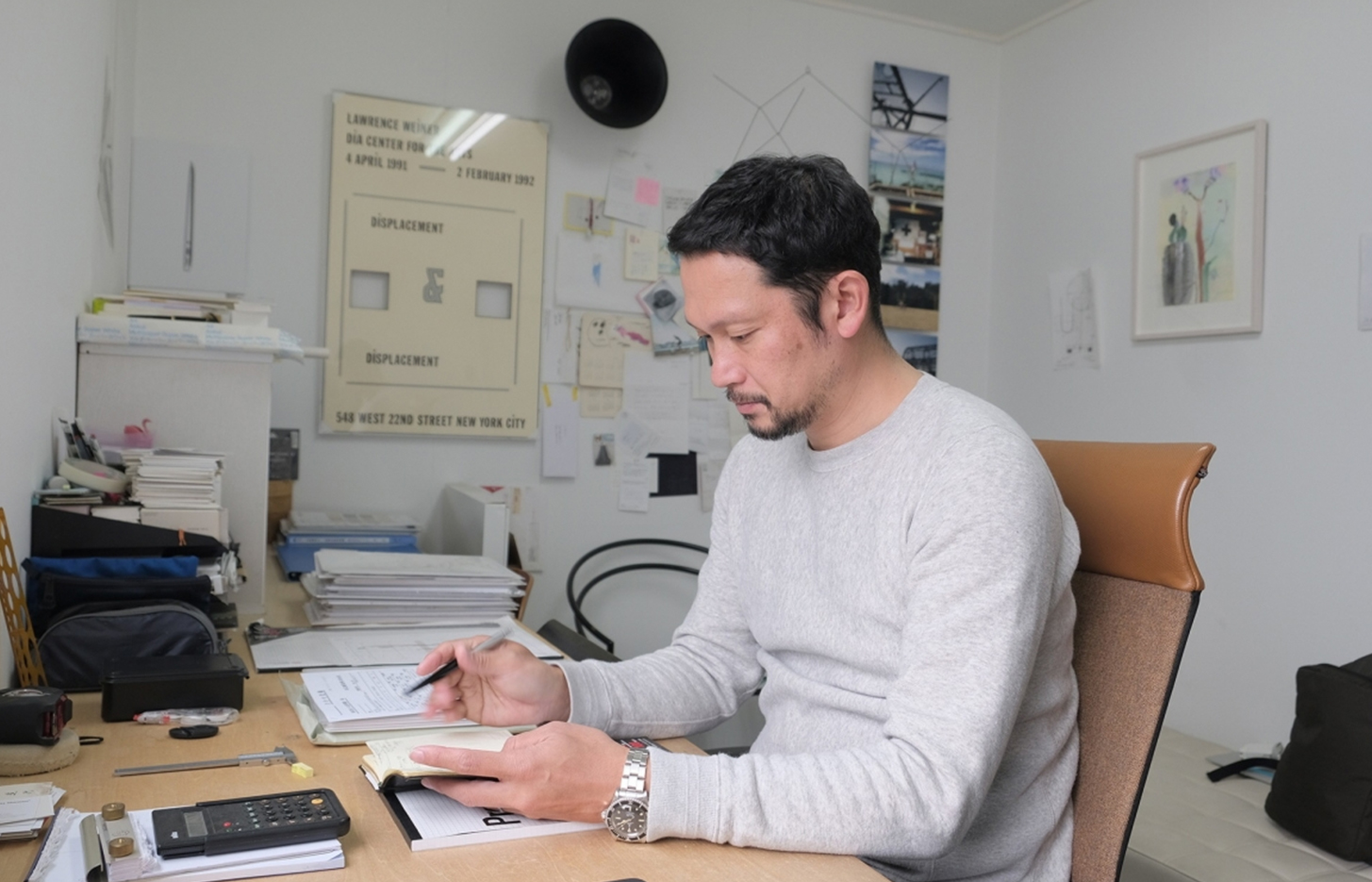
Case-Real is an architecture and interior design studio based in Fukuoka, Japan, founded in 2000 by founder Koichi Futamata. The studio focuses on interior design and architectural design. They essentially recognize the space of existence through the use of ideas and methods derived from circumstances, goals, and problems. Founder Koichi Ida is a product and space designer based in Tokyo and Fukuoka. Since 1998, he has focused on the design of interior and architecture to furniture products at home and abroad. Born in Kagoshima in 1975, he graduated from the Department of Architecture, School of Engineering, Kyushu Sangyo University in 1998. In 2013, he founded his namesake Koichi Futamata Studio in the same office. Currently, he is in charge of Case Real, which specialises in space design, and Koichi Futamata Studio, which specialises in product design.
Yinji:How do you see the influence of Japanese traditional culture on contemporary design? How do you innovate in your work?
Futamata:Traditional Japanese culture is certainly distinctive, but when I myself was growing up, it was already natural to see a mix of traditional culture and modern design (which could be called Western culture if you trace further back). For this reason, when I think about my own design, rather than one influencing the other, I have the feeling that I am unconsciously influenced by both traditional culture and modern design, and that these are inevitably mixed together and lead to the answers for my space designs.
Yinji:In your work: how do you reflect the details of the design? What is the specific performance in terms of materials, colors, etc.?
Futamata:It is essential to design a space with an overall image, but I believe that the whole is formed by the accumulation of details. Conversely, I believe that the whole cannot be formed without the layers of detail. In terms of specific expression, I do not like flashy colors or eccentric shapes. For example, I often use familiar and universal materials such as stone, metal, wood, plaster, and tile, and focus on the beauty of the composition and the balance of harmony.
Yinji:What do you think are the elements of a perfect design?
Futamata:Basically, I believe that there is no such thing as a perfect design, because each individual's perception is different. However, in my own opinion, it is good to have a design that harmonizes all the elements of the space, that gives a sense of comfort and calmness even if there is little feeling of inflection, yet something that can be used for a long time without becoming bored.
Yinji:The spiritual proposition you have been pursuing?What is the mission of becoming a designer?
Futamata:I would like to think about things that people can universally feel, such as attachment and comfort. Rather than superficial things, I consider situations that are more psychologically rich and where people can feel a sense of maturity and comfort, whether it is something highly sophisticated or simple.
Yinji:Before you started your design career, were there any seniors who had a deep influence on you? How do they inspire your design ideas?
Futamata:Both of them are Swiss architects, but Mario Botta and Peter Zumthor are among them. With Mario Botta, I have a lot to learn about his ability to form and compose, while Zumthor's architecture, starting from the psychological components such as the conceptual and philosophical aspects respectively, I am also attracted to the serenity and strength of his architecture.
Yinji:When people talk about Japanese design, they think of wabi-sabi culture. How do you understand the thought of Wabi-Sabi?
Futamata:My personal interpretation of wabi-sabi is that it is more of a mental concept than a superficial story or situation. It is more like an atmosphere that is created as a result of the natural influence of spirituality, rather than something created by intention. To put it easy, I believe that a mentality that allows us to feel satisfied with the minimum can lead to a kind of minimalism in terms of spacial design. I also feel that wabi-sabi is a characteristic to feel an appropriate amount of play and ingenuity in the midst of being refined. I don't expect this to be an easy goal to achieve, but I do hope that we can reach such a state of mind over the years to come.
- Architect: Case-Real
- Photos: Mizusaki Hiroshi
- Words: Ying
